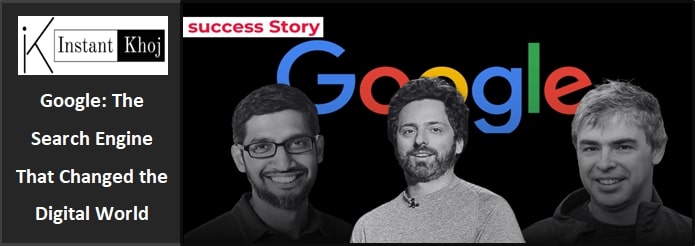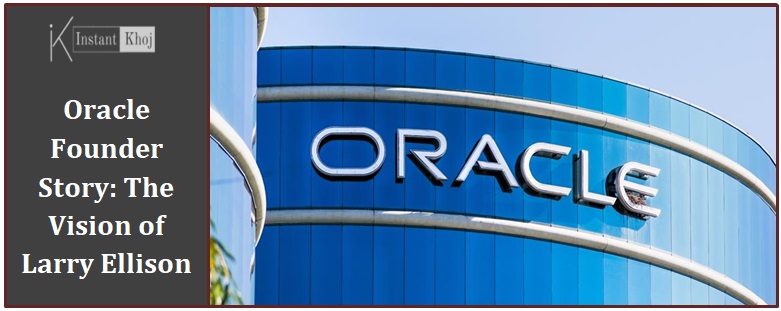A Dorm Room Dream That Changed the Internet
In 2004, a college student working from a Harvard dorm room launched a small website with a simple goal: help students connect online. What began as a digital student directory quickly grew into one of the most influential platforms in modern history. Over the next two decades, Facebook reshaped how people communicate, how businesses reach customers, and how societies interact—eventually evolving into Meta, a company aiming to build the next version of the internet itself.
From Harvard Campus to Silicon Valley
Mark Zuckerberg, then just 19 years old, built the first version of the site in early 2004. It was originally limited to Harvard students, but it spread quickly to other universities and then around the world. By 2005, it had dropped “The” from its name and simply became Facebook. With its clean design, real identities, and addictive social features, it quickly stood out from earlier networks that came and went. Zuckerberg dropped out of college and moved the company to Silicon Valley, setting Facebook on a path toward massive scale.
The Rise of News Feed and Mobile Dominance
By 2007, Facebook had tens of millions of users and was growing rapidly. The introduction of the News Feed and the decision to open its platform to third-party developers made it far more than a simple profile site. Games like FarmVille and other viral apps flourished. Meanwhile, Zuckerberg began to turn down offers to sell the company, believing that Facebook could connect not just campuses, but the entire world. As smartphones became mainstream, Facebook leaned in early with its mobile app, ensuring users could stay connected on the go. It was a turning point: by 2010, hundreds of millions of people were using Facebook, most of them through their phones.
Building a Business Powerhouse
That same year, Sheryl Sandberg helped Facebook turn its user base into a business engine. The company’s ad platform, fueled by personal data, gave advertisers powerful tools to reach audiences more precisely than ever before. In 2012, Facebook went public. Despite a rocky IPO, the company continued to grow—and made strategic moves to secure its future. It acquired Instagram, then a small photo-sharing startup, for $1 billion. At the time, many questioned the deal. In hindsight, it was one of the smartest acquisitions in tech history.
Global Expansion and Strategic Acquisitions
In the following years, Facebook doubled down. It acquired WhatsApp for $19 billion in 2014, expanding its global messaging footprint, and bought Oculus VR as a long-term bet on virtual and augmented reality. But while Facebook’s dominance in communication grew, so did its visibility—and criticism. By 2016, the platform faced serious questions about its role in global elections, the spread of misinformation, and the ethical use of personal data. The Cambridge Analytica scandal, in particular, brought privacy concerns into sharp focus. Zuckerberg testified before Congress, and the company began investing more heavily in content moderation, transparency tools, and AI-driven safety systems.
Under Fire: Privacy, Misinformation, and Scrutiny
Despite these efforts, the criticism didn’t go away. Whistleblowers and researchers continued to raise red flags about how Facebook’s algorithms shaped user behavior, amplified division, and prioritized engagement over well-being. Internally, the company began making changes—shifting focus toward “meaningful interactions” and adjusting the feed. But the broader debate around tech responsibility was now firmly tied to Facebook’s legacy.
A New Identity: From Facebook to Meta
Then came a major shift. In 2021, amid growing regulatory pressure and public scrutiny, Zuckerberg announced that Facebook Inc. would become Meta. The new name reflected a broader vision: to build the metaverse—a network of shared virtual spaces accessed through AR, VR, and other immersive technologies. It was a bold rebrand, positioning Meta as a leader in what could be the next digital frontier. Some saw it as a distraction from Facebook’s problems. Others saw it as a signal of long-term ambition.
The Metaverse, AI, and a Mixed Start
The early years under the Meta name have been a mixed bag. While Meta has invested billions in its Reality Labs division, creating headsets like the Quest 3 and launching platforms like Horizon Worlds, the metaverse itself remains a work in progress. User adoption has been slower than hoped, and the technology is still evolving. At the same time, Meta has raced to stay competitive in AI. It released LLaMA, its own large language model, and integrated generative tools into Facebook, Instagram, and WhatsApp. A new partnership with Ray-Ban brought AI into wearable glasses, blending real-world functionality with digital assistance.
Final Thoughts: Meta’s Place in the Digital Age
Today, Meta continues to bet big on the future. It’s trimming costs, shifting resources, and prioritizing long-term innovation over short-term wins. Through it all, Zuckerberg remains at the helm, still chasing the original mission of building for connection—now at an even more ambitious scale.
The story of Facebook, now Meta, is more than just a tale of one company. It reflects how technology has evolved—and how it’s changed us. From simple friend requests to virtual worlds powered by AI, the company’s journey has mirrored the digital age itself: full of promise, controversy, reinvention, and profound impact. Whether Meta’s next chapter fulfills its vision or not, its role in shaping the modern internet is already written.
Read more articles like this — Click here to explore now





2 thoughts on “Facebook to Meta: From Dorm Room Startup to Global Power”